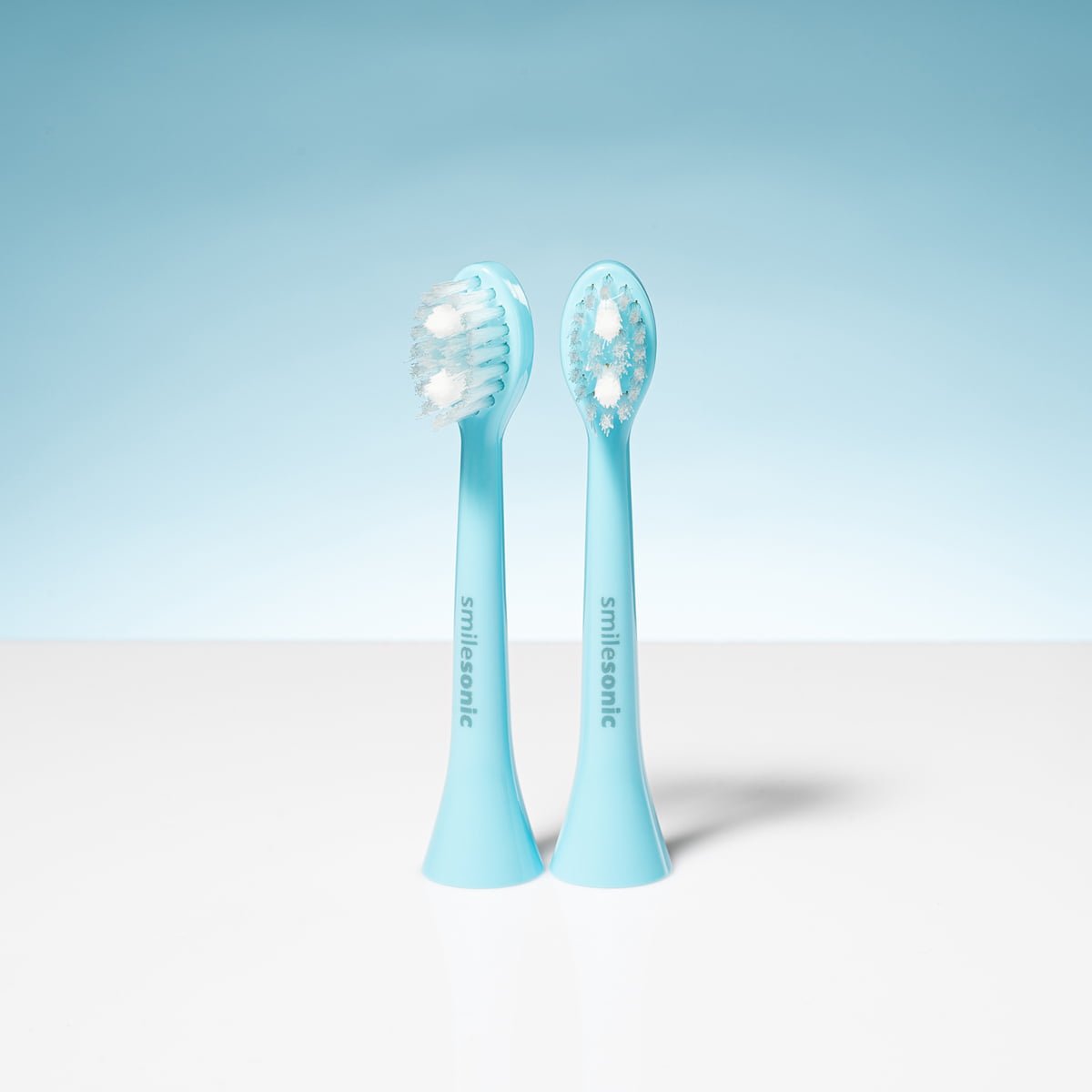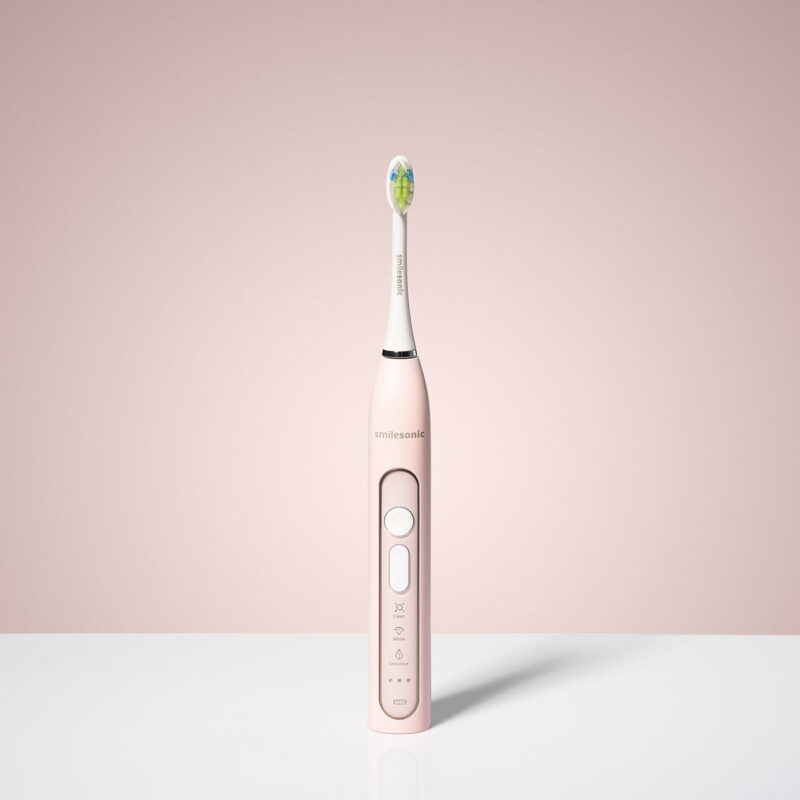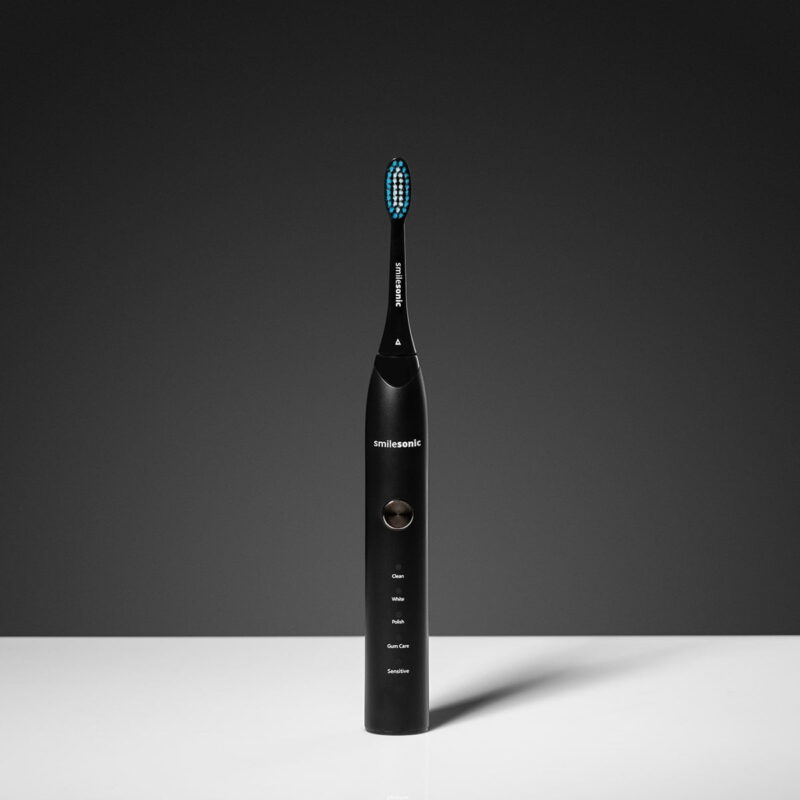Sonic or electric toothbrush?
As technology advances, not only have cars, cell phones and computers evolved before our eyes, but so have everyday oral care products. Manual toothbrushes are slowly becoming a thing of the past, replaced by sonic and electric toothbrushes. How do the two models differ, and which one should you choose?
Manual Toothbrush vs. Advanced Cleaning Technologies
It is believed that the manual toothbrush was invented as early as the 15th century in China. Although it has evolved a great deal since then (animal materials were replaced in its manufacture by a plastic handle and nylon bristles), it is still far from being perfect. First of all, to brush your teeth effectively with a manual toothbrush you need to have a proper brushing technique. Otherwise, we risk irritation and swelling. Secondly, even the most proficient user will not use manual toothbrush movements to clean their teeth, which means that not all bacteria can be removed from the oral cavity with it. A particularly big problem is plaque buildup in hard-to-reach areas of the mouth, such as interdental spaces and tooth junctions.
Fortunately, in the 20th century, the electric toothbrush first appeared on the market, and then, through its evolution, the sonic toothbrush. Both of these devices clean your teeth much faster than manual toothbrushes, and thus, much more efficiently. They are also easier to use. They do not require you to make any additional movements as they clean your teeth automatically, based on the motor built into the handle.
Comparing a Sonic Toothbrush with an Electric Toothbrush
Both electric and sonic toothbrushes use a motor built into the handle, which means that both devices are dependent on electricity to work. Most often, both toothbrushes are recharged using the included charging dock. However, there are significant differences in the way the two toothbrushes work, their contours and speed.
Let’s start with the external appearance of both toothbrushes. While electric toothbrushes have a round cleaning head, sonic toothbrushes have an elongated brush head. Which type of cleaning head is better? On the one hand, proponents of electric toothbrushes point out that the round brush head that electric toothbrushes have installed surrounds the tooth on all sides, allowing it to efficiently wash bacteria away from all walls of the tooth. On the other hand, the elongated brush heads attached to the handles of sonic toothbrushes are able to reach more teeth at the same time. This makes cleaning your mouth with them even more effective.
In our opinion, when it comes to cleaning effectiveness, the elongated cleaning head performs better than the round one that can be found in electric toothbrushes. So a plus for sonic appliances.
Differences in how they work
It’s time to take a look at the way the two devices work themselves. As you already know, they both work with an electric motor built into the handle, but it stimulates the bristles of a sonic and an electric toothbrush in a completely different way. Electric toothbrushes wash bacteria off enamel using mechanical abrasion, which means they simply remove harmful plaque from teeth. The operation of sonic toothbrushes is different and much more innovative.
The mechanism installed in sonic toothbrushes causes the bristles to vibrate in a characteristic manner. The vibrations have a very high amplitude, which allows them to generate sound waves during brushing, creating the so-called “microbubbles”. You probably know very well that three types of fluids accumulate in our mouth during cleaning: water, saliva and toothpaste. It is from these that “microbubbles” are formed. The mixture of these tiny particles makes its way into the various nooks and crannies of the mouth, effectively washing out bacteria. Yes, you read that right – sonic toothbrushes, unlike electric toothbrushes, can remove bacteria even from hard-to-reach places!
The advantage of sonic technology over electric toothbrushes is based on:
- Speed – even the most advanced electric toothbrushes will not oscillate more than 10,000 times per minute. In comparison, sonic toothbrushes can deliver up to 96,000 oscillations in the same amount of time;
- The kind of movements used – electric toothbrushes use rotational movements, designed for mechanical abrasion, whereas sonic devices generate vibrations and sweep bacteria from the mouth using the technique that is currently most recommended by dentists;
- Safety – sonic toothbrushes do not need to be guided aggressively across the teeth or pressed firmly against the teeth. So, cleaning your teeth with sonic brushes doesn’t carry the same risk of wearing down the enamel as using electric toothbrushes.
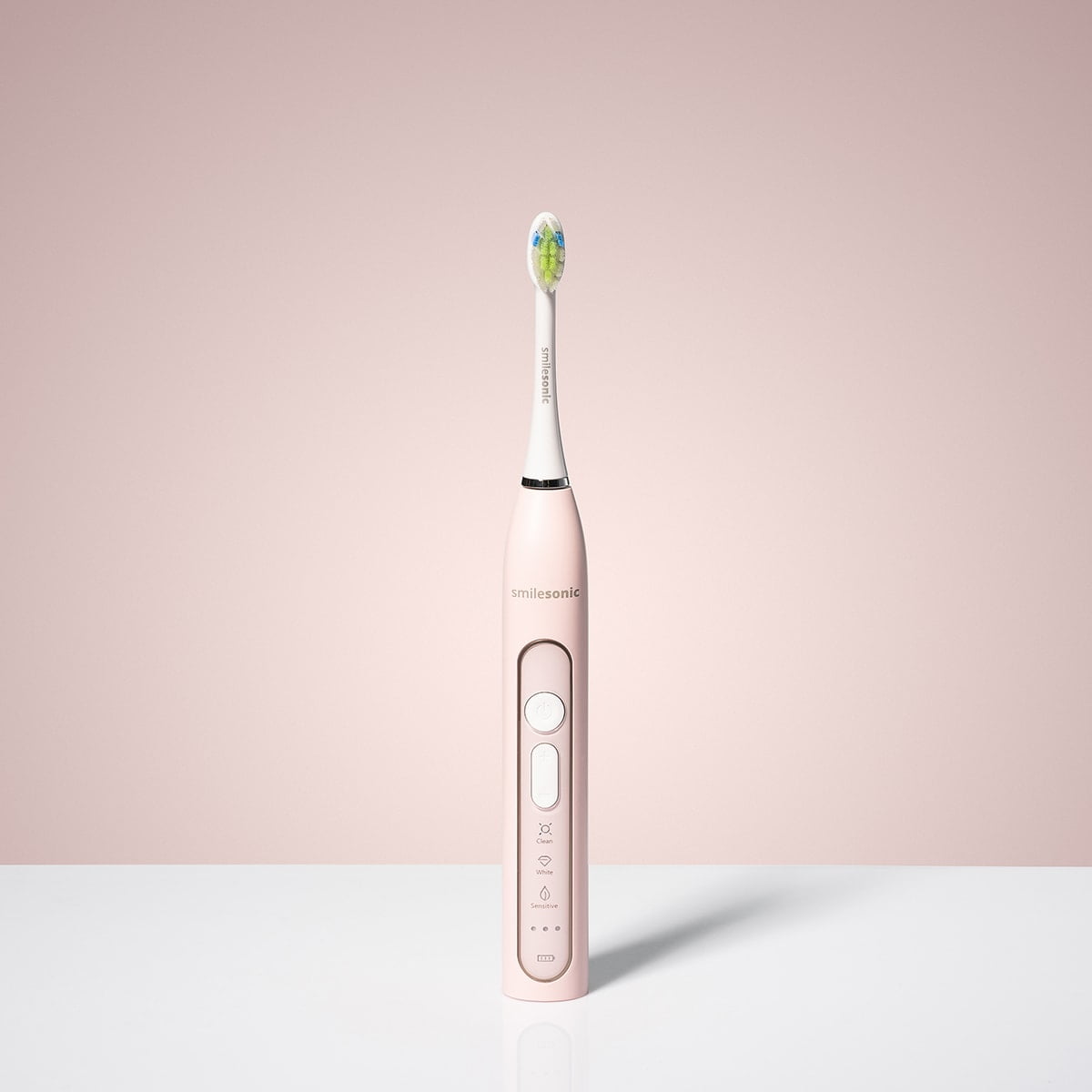
479,00 złSelect options
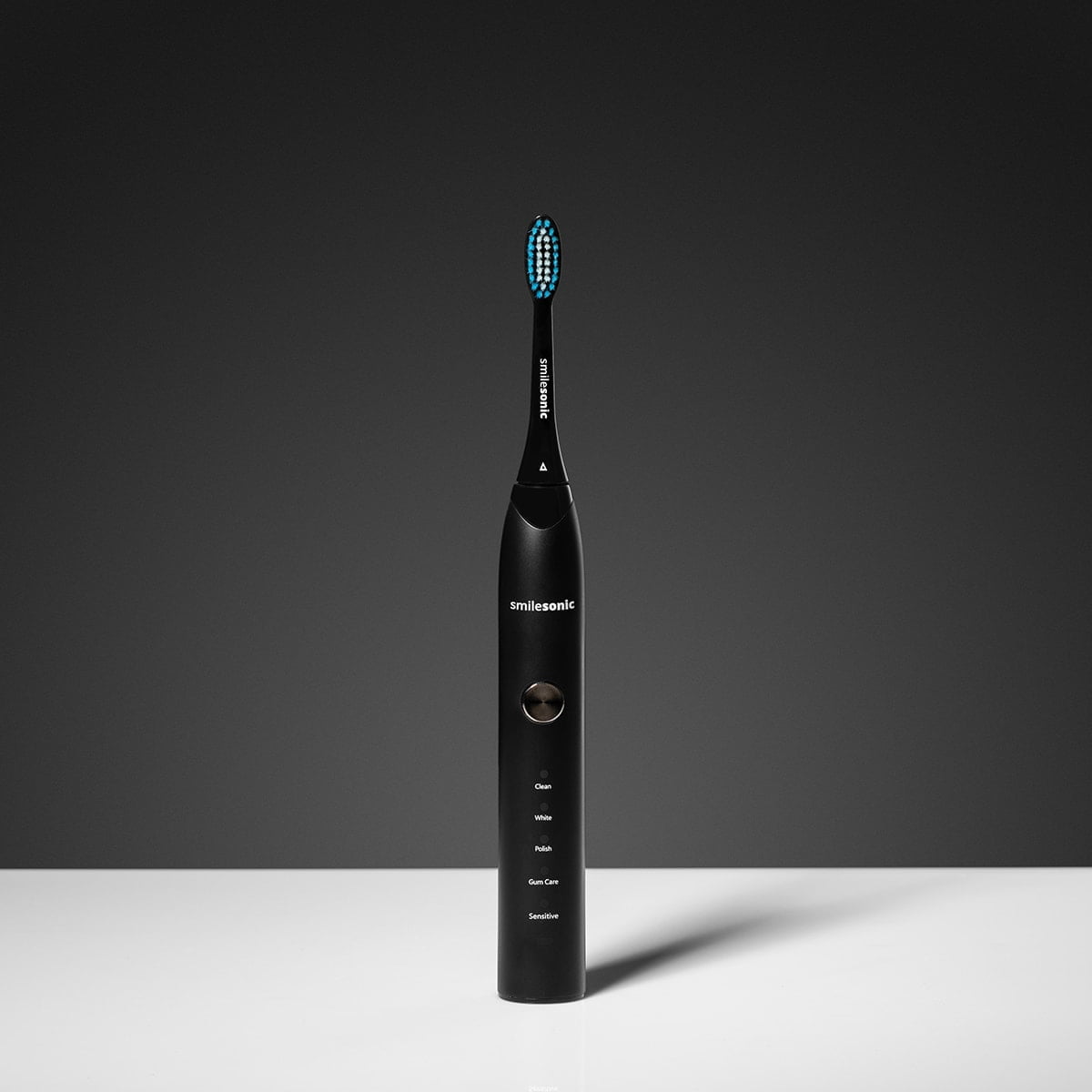
379,00 złSelect options
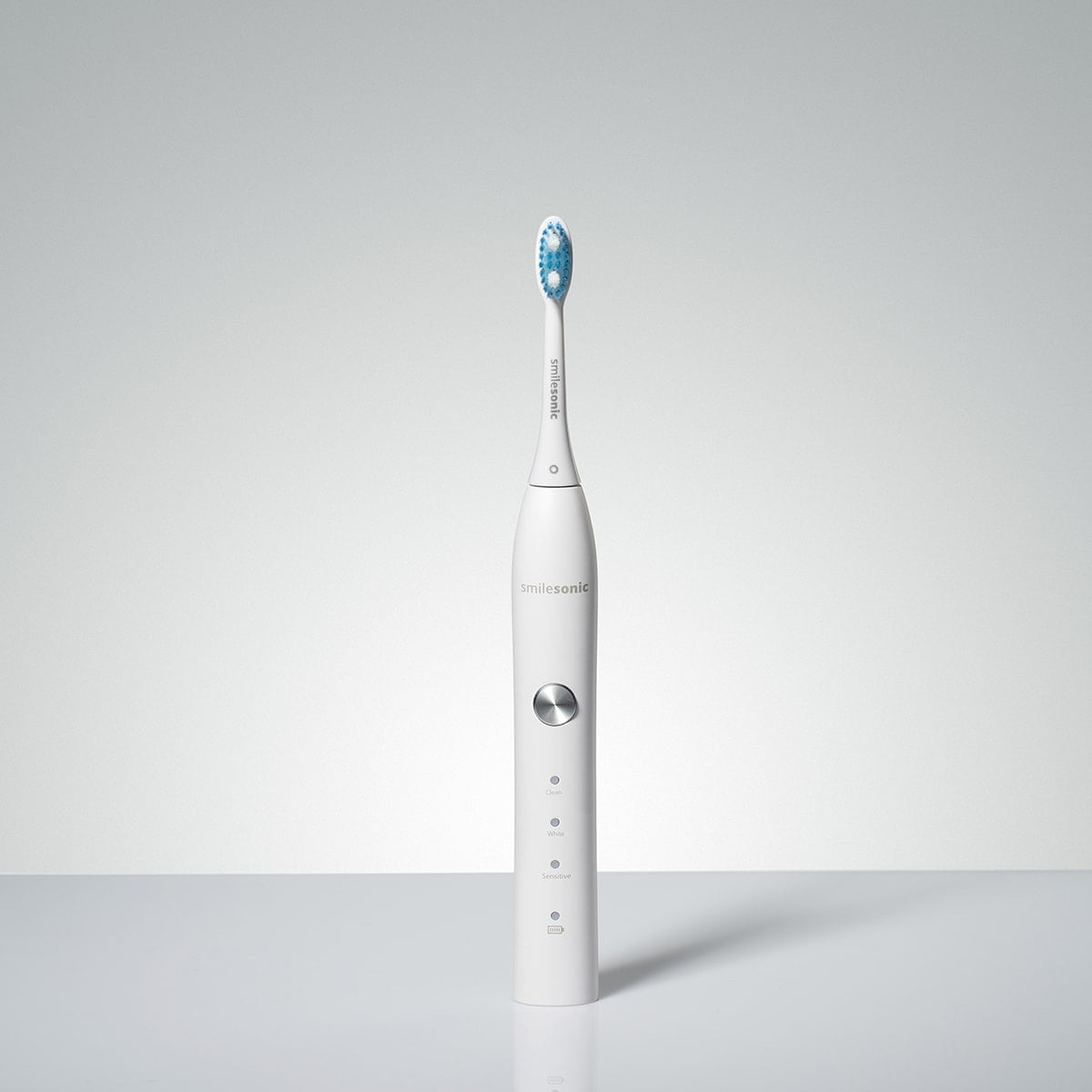
299,00 złSelect options
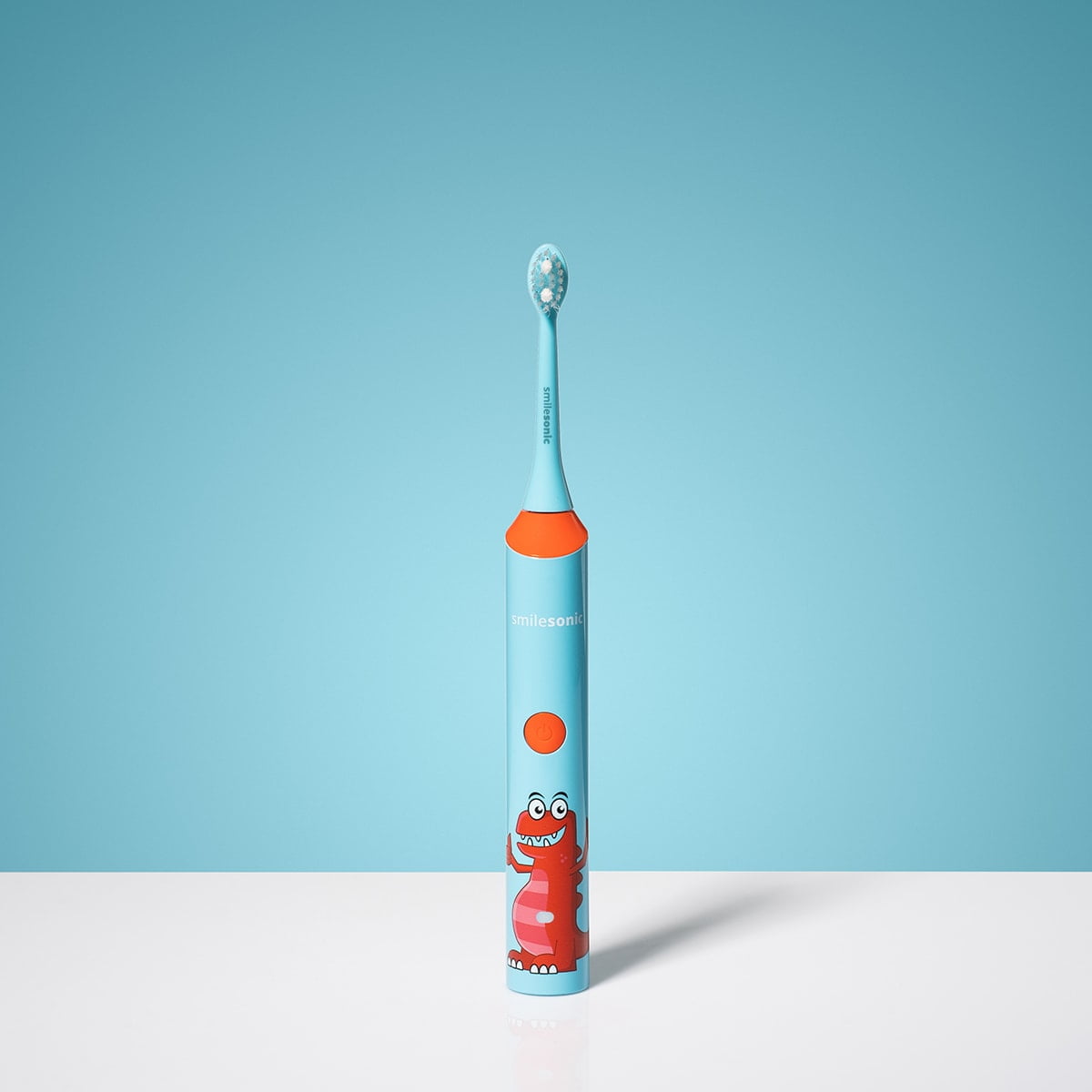
219,00 złSelect options
Cleaning Friendly Even for the Youngest
You may find children’s versions of both electric and sonic toothbrushes on the market. It is worth noting, however, that electric toothbrushes are usually available only for children over six years of age, whereas sonic toothbrushes can be purchased even for the youngest children. What is the reason for this? Obviously, due to the differences in cleaning technology we mentioned earlier.
Since sonic toothbrushes clean your teeth using sonic waves, you don’t have to put any extra pressure on your teeth with them. So they work completely non-invasively. Electric toothbrushes, on the other hand, need to be guided more forcefully, and their oscillating motion can damage delicate baby teeth. We recommend a sonic toothbrush model that can be used even by the youngest children, such as the Smilesonic KIDS sonic toothbrush, which has two cleaning modes: Clean (for older children) and Sensitive (for younger, beginning toddlers).
Why is it worth investing in a sonic toothbrush?
When it comes to effectiveness, comfort and safety, sonic toothbrushes are second to none. However, you need to consider that they are more expensive than electric toothbrushes. The cheapest model with oscillating movements can be bought for about PLN 50, while prices of sonic devices start at about PLN 200. Smilesonic toothbrushes for adults, on the other hand, range in price from PLN 279 to PLN 449, depending on the model.
The higher price of sonic models has its justification, as the manufacturing cost of a device using sonic technology is much higher. However, all the benefits of using a sonic toothbrush are definitely worth their price, and the money you invest in it should quickly pay off in the form of less frequent visits to the dentist and a beautiful, healthy smile.

